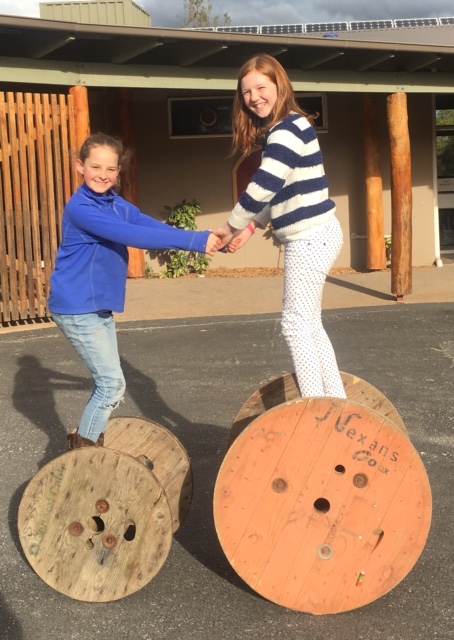From childhood onward, Rudolf Steiner knew both spiritual and natural worlds. His search to integrate these led him to recognise the significance of thinking for spiritual as well as natural scientific research. Steiner was a philosopher, artist and scientist whose vision and depth of understanding continue to have a great impact in many practical fields in areas such as education, medicine, agriculture, architecture and the therapeutic arts.
 Dandenong Ranges Steiner School is part of a worldwide educational movement that draws its inspiration from Rudolf Steiner’s research. As such the curriculum and structure of the Steiner School is similar in schools both within Australia and around the world.
Dandenong Ranges Steiner School is part of a worldwide educational movement that draws its inspiration from Rudolf Steiner’s research. As such the curriculum and structure of the Steiner School is similar in schools both within Australia and around the world.
In his many lectures on education, Rudolf Steiner delivered a method that helps the child develop faculties which unfold at specific times of life. For example, during the kindergarten years, it is active play engaging the limbs which is paramount. At the primary school level, children learn through the imagination as feelings manifest. Here there is a need for rhythm which is expressed in music, poetry, the rhythm of the day and so on. The secondary school years bring clarity of thinking and a capacity for judgement as the intellect develops.
The Steiner educator recognises the different needs associated with each period of the child’s development, and the curriculum is arranged accordingly, working with the faculties of willing, feeling and thinking.
Our curriculum and methodology incorporate these three faculties when preparing to teach within each subject area.
The faculty of “will” is the engagement of the individual through an activity, a set task of writing, map drawing or constructing models, for example, or through the form of movement. The faculty of “feeling” is cultivated through artistic work or experience. The faculty of “thinking” arises through the art of listening, understanding, remembering and discussing.


